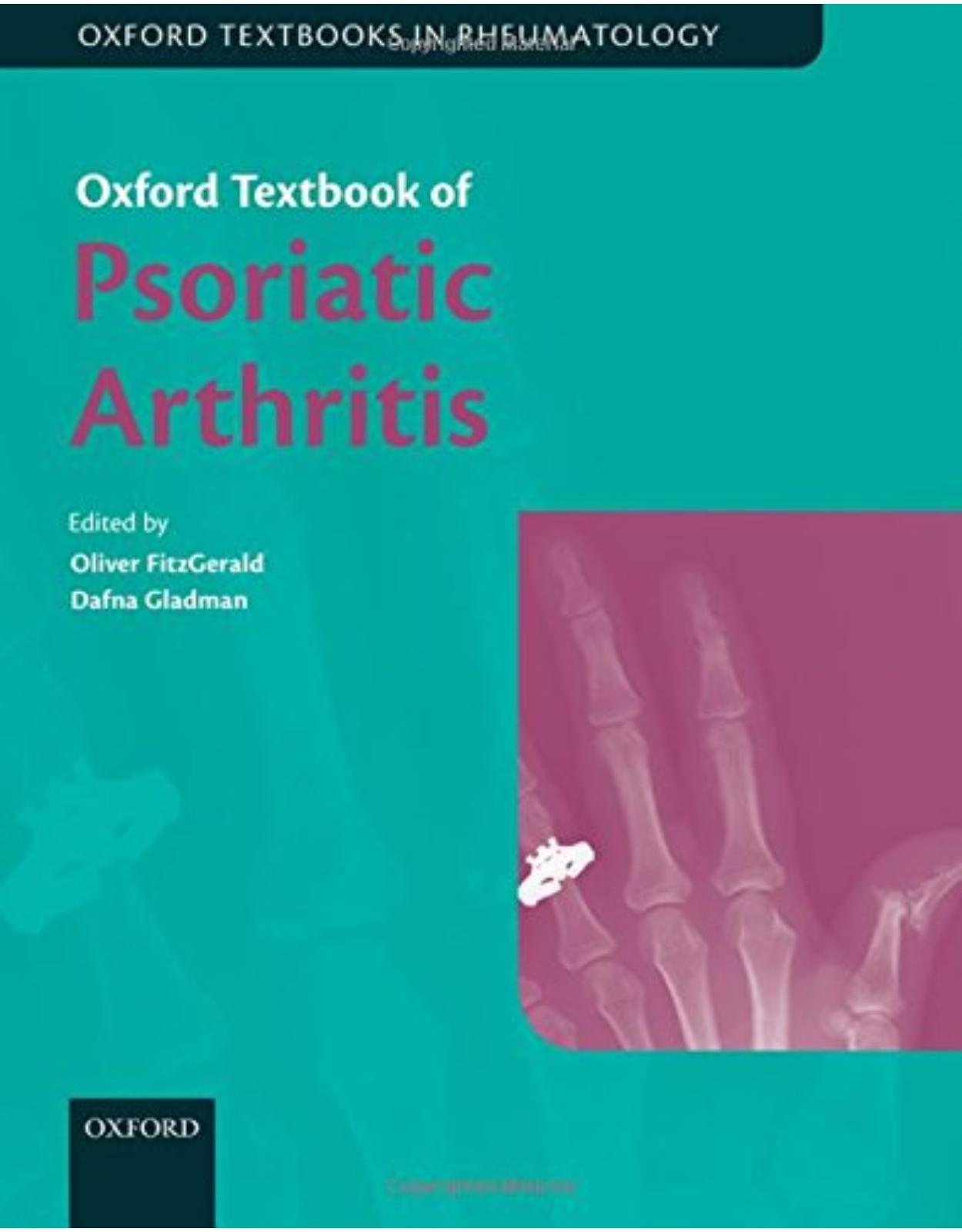
Oxford Textbook of Psoriatic Arthritis (Oxford Textbooks in Rheumatology)
Livrare gratis la comenzi peste 500 RON. Pentru celelalte comenzi livrarea este 20 RON.
Disponibilitate: La comanda in aproximativ 4 saptamani
Editura: Oxford University Press
Limba: Engleza
Nr. pagini: 336
Coperta: Hardcover
Dimensiuni: 227 x 280 x 19 mm
An aparitie: 18 July 2018
Description:
Psoriatic arthritis, or PsA, is now acknowledged the second most prevalent and important inflammatory arthropathy worldwide. The addition of this new textbook on PsA is a fitting and important inclusion to the Oxford Textbooks in Rheumatology series, written to reflect the significant advances in the field in recent years. With the recent advances in the understanding of pathogenesis, and the development of novel therapies, the Oxford Textbook of Psoriatic Arthritis provides a comprehensive overview of the disease. Each chapter is written by leading clinicians and scientists in the field of psoriatic arthritis, to provide a contemporary view of PsA, and a look into the future directions of research. Covering everything from epidemiology and diagnosis to genetics and pathology, detailed sections on treatment and outcomes provide an invaluable resource for the clinician. The book is also highly illustrated with both clinical images such as x-rays and histological photographs to aid clinical knowledge, and diagrams of the immunology and genetics that underlie the disease. Practical and all-inclusive, with summary boxes to distil the most important information, the Oxford Textbook of Psoriatic Arthritis will prove an invaluable resource for rheumatologists, dermatologists, trainees, and all members of the multidisciplinary team who are interested in recent advances in PsA.
Table of Contents:
List of contributors
Abbreviations
Introduction
1 Introduction
Epidemiology
2 Epidemiology of psoriasis
Prevalence
Incidence
Principal causes
Environmental and behavioural risk factors
Natural history and prognosis
Comorbid diseases in psoriasis
Cardiometabolic disease
Malignancy
Gastrointestinal disease
Inflammatory bowel disease
Psychiatric disorders
Chronic kidney disease
Other emerging comorbidities
3 Epidemiology of psoriatic arthritis
Introduction
Epidemiology
Screening
Conclusion
Pathogenesis
4 Overview of psoriatic arthritis pathogenesis
Introduction
Is psoriatic arthritis an autoimmune disease or autoinflammatory disease?
Aetiology of psoriatic arthritis
Immunogenetics
Environmental factors
Inflammatory process in psoriatic disease: the histopathology of psoriatic arthritis
Synovitis
Synovial fluid
Enthesitis
Osteitis and juxta-articular bone involvement
Bone remodelling in PsA: specific tissue responses in PsA
Cellular and molecular compartments involved in psoriatic arthritis
Cellular compartment
Molecular compartment
Conclusion
5 Genetics of psoriasis
Impact of psoriasis
Genetic epidemiology of psoriasis
Historical aspects of psoriasis genetics
HLA association studies
Linkage studies
Psoriasis genetics in the 21st century
DNA sequencing
Microarray-based genotyping
HLA associations in psoriasis—what do they mean?
Participation of multiple HLA alleles
HLA-B amino acid 45 distinguishes PsA from PsC
Altered regulation of HLA-C*06
Presentation of other antigens by HLA-C*06
Future genetic studies of psoriasis: Challenges and opportunities
Summary
6 Genetics of psoriatic arthritis
Introduction
Genetic epidemiology of PsA
Genetics of PsA
MHC genetics
Genetic heterogeneity within the overall psoriasis or psoriatic disease phenotype
Genetic heterogeneity of psoriatic arthritis
Architecture and function of HLA molecules encoded by susceptibility alleles
Interval between the onset of psoriasis and the development of PsA
Relationship of PsA allelic heterogeneity to PsA phenotypic heterogeneity
Axial involvement in psoriatic arthritis is more strongly associated with HLA-B*08 rather than HLA-B*27
Genotypic associations of other clinical features of the heterogeneous PsA phenotype
Genotypic contributions to phenotype assessed by propensity analysis
Limitations and future directions
Implication of genetic and phenotypic heterogeneity on personalized medicine
Potential impact of genotypic and phenotypic heterogeneity on psoriatic arthritis classification, diagnosis criteria, and therapeutic trials
Non-MHC genetics
Barrier integrity
Innate immunity
Antigen presentation
Adaptive immunity
7 Immunology and cytokine pathways
Introduction
Cytokine networks
Cellular composition of PsA synovial pathology
Enthesitis in spondyloarthritis
Serum markers of immune activity
New concepts of pathogenesis
The innate immune system
Innate and adaptive immune cells in psoriatic arthritis
γδ T cells
NK cells
Innate lymphoid cells
MAIT cells
Dendritic cells
CD4 cells
CD8 cells
Conclusion
8 Mechanisms of bone destruction and proliferation in psoriatic arthritis
Introduction
Basics of bone development, growth, and homeostasis
Structural damage in psoriatic arthritis
The anatomic basis of bone destruction and remodelling in psoriatic arthritis
The molecular basis of tissue destruction and remodelling in psoriatic arthritis
Joint destruction
New bone formation and ankylosis
Clinical relevance of joint destruction and remodelling
Therapeutic strategies
Conclusion
Clinical features
9 Psoriasis: skin and nails
Clinical features
Inverse psoriasis
Sebopsoriasis
Palmoplantar psoriasis and Palmoplantar pustulosis
Nail psoriasis
Ethnicity
Gender
Pathophysiology
Genetics of psoriasis
Environmental factors
Human immunodeficiency virus infection
Medications
Anti-TNF biologics
Psychological distress
Ultraviolet radiation/sunlight
Physical trauma
Cigarette smoking
Alcohol misuse
Obesity and metabolic syndrome
Cardiovascular disease
Measurement of psoriasis severity and outcome measures
10 Peripheral arthritis
Introduction
Symmetrical polyarthritis
Asymmetrical oligoarthritis
Distal interphalangeal arthritis
Arthritis mutilans
Psoriatic arthritis ‘sine psoriasis’
Laboratory tests and imaging for diagnosis
Differential diagnosis
Prognosis
11 Enthesitis
Definition, clinical evaluation and differential diagnosis
Definition, clinical relevance and prevalence
Clinical evaluation, including outcome measures
Differential diagnosis
Pathogenesis
Linking enthesitis and synovitis: the synovial-entheseal complex
Immunogenetics of PsA enthesitis
Immunopathology of human enthesitis
Animal models of enthesitis
Imaging modalities
Ultrasound findings in patients with psoriasis only: the preclinical phase of PsA?
Treatment
Research agenda
12 Dactylitis
Introduction
Clinical aspects
Imaging
Clinimetric assessment
Therapy
13 Axial disease
Introduction
Clinical manifestations of axial PsA
Imaging of axial PsA
Diagnosis of axial PsA (including differential diagnosis)
Treatment of axial PsA
Conclusion
14 Extra-articular, extra-skin disease
Introduction
Ophthalmological manifestations
Uveitis: background, (differential) diagnosis and prevalence
Uveitis: clinical manifestations
Uveitis: treatment
Gastrointestinal manifestations
Inflammatory bowel disease: clinical manifestations
Inflammatory bowel disease: treatment
Conclusion
15 Co-morbidities
Introduction
Cardiovascular diseases
Conventional cardiovascular diseases
Cardiovascular morbidity
Obesity
Depression
Autoimmune ophthalmic disease
Malignancy
Inflammatory bowel disease
Burden of inflammation and co-morbidities
Screening and treating co-morbidities
The impact of comorbidities
Conclusions
Imaging
16 Plain radiography
Introduction
Historical perspective and the role of plain radiography in defining psoriatic arthritis
Radiographic features of peripheral psoriatic arthritis
Articular erosion
Extra-articular erosions
Osteolysis and psoriatic arthritis mutilans
Osteoproliferation (juxtaarticular/ periosteal) and ankylosis
Radiographic features of psoriatic spondyloarthritis
History of psoriatic spondyloarthritis
Prevalence and associations of psoriatic spondyloarthritis
Distribution and distinguishing features of psoriatic spondyloarthritis and ankylosing spondylitis
Measurement of radiographic outcome in psoriatic arthritis
Measures of peripheral radiographic damage
Outcome measurement in psoriatic spondyloarthritis
Natural history/prognosis
17 Use of ultrasound in psoriatic arthritis
Introduction
Enthesitis
Sonographic indices
Nail disease
Synovitis
Dactylitis
Conclusion
18 MRI
Introduction
History of MRI and psoriatic arthritis
MRI interpretation considerations
Evaluation of different joints in psoriatic arthritis
Knee joint and other large joints
Imaging of hand metacarpophalangeal and proximal interphalangeal joints
Imaging of hand distal interphalangeal joint disease
DIP joint disease in psoriatic arthritis and osteoarthritis
The nail
Dactylitis
The SAPHO syndrome
Spine and sacroiliac joints
The sacroiliac joint
The foot
Other manifestations
Measuring MRI changes
Other MRI techniques
Summary
19 Assessment of joint and bone structure in PsA patients: Using high-resolution computed tomography
Introduction
Local bone erosions in PsA
Enthesiophyte formation in PsA
Systemic bone loss in PsA
Summary
Diagnosis and classification
20 Diagnosis and classification criteria
The difference between diagnosis and classification
Clues to the diagnosis of psoriatic arthritis in a clinical setting
Symptoms and signs
Predictors of PsA within psoriasis patients
Investigations—blood tests and imaging
Historical development of classification criteria for psoriatic arthritis
Moll and Wright
Later modifications
The development of the CASPAR criteria
Accuracy of the CASPAR criteria in established and early disease
Accuracy in development
Testing in prospective studies of established disease
Retrospective application in registries
Use in early disease study
Proposed modifications to the CASPAR criteria
Psoriatic arthritis and axial/peripheral spondyloarthritis
Psoriatic arthritis within the umbrella of spondyloarthritides
Axial and peripheral spondyloarthritides classification criteria
Direct comparison of peripheral spondyloarthritides criteria and CASPAR criteria in psoriatic arthritis
Subtypes of psoriatic arthritis
Classical subtypes proposed by Moll and Wright
Proposed modifications to subtypes
Evolution in subtypes over time
Future evolution of PsA classification criteria
GRAPPA project to define the inflammatory musculoskeletal stem of CASPAR
Outcome and biomarkers
21 The clinical course and outcome of psoriatic arthritis
Introduction
Disease onset and pattern of presentation and progression
Mild non-erosive PsA
Progressive destructive PsA
Spondylitis
Dactylitis and enthesitis
Outcomes of PsA
Remission and minimal disease activity state
Peripheral joint damage
HLA alleles and disease outcome
Physical functioning and work disability
Economic considerations
Mortality
Summary
22 Biomarkers of psoriatic arthritis outcomes
Introduction
Definition and biomarker categorization
Biomarkers of psoriatic arthritis
Serum/plasma protein soluble biomarkers
Tissue protein biomarkers
Biomarkers from synovial fluid
Genomic markers
Transcriptomic markers
Cellular biomarkers
Imaging biomarkers
Challenges in bringing biological markers to clinical practice
Conclusions and future directions
Domains, instruments, and composite scores
23 Domains and instruments
Introduction
Musculoskeletal domains
Skin and nail domains
Patient reported outcome and imaging domains
Present and future directions
Instruments
Peripheral joints
Spine
Sacroiliac joint assessment
Back movements
Finger to floor distance
Schober test
Spine lateral flexion
Cervical flexion–extension and rotation
Other measurements related to spondylitis
Enthesitis
Dactylitis
Skin
Nails
24 Patient-reported outcome measures in psoriatic arthritis
Introduction
Importance of PROs in rheumatology and their advantages as outcome measures
PRO assessment historically in rheumatology
PROs as valid outcomes
Domains of health assessed by PROs in PsA
The PsA OMERACT core set
Domains of health reported in recently published studies of PsA
Domains of health important for PsA patients—qualitative aspects
Specific PROs for PsA
The PsAQoL questionnaire
The PsAID questionnaire
Widely-used PROs in PsA
Single questions used in PsA
Assessment of functional capacity
Generic quality of life measured by the Medical Outcomes Study Short Form-36 (SF36)
Fatigue
Conclusions
25 Composite scores in psoriatic arthritis
Introduction
What are composite scores?
History of composite scores in psoriatic arthritis clinical trials
Utility of composite scores
The GRAPPA composite index study
Response measures
American College of Rheumatology response criteria
Psoriatic arthritis response criteria, PsARC
Psoriatic arthritis Joint Activity Index, PsAJAI
Minimal disease activity, MDA
Composite disease activity measures
Disease activity score for 28 joints (DAS28)
Disease activity for psoriatic arthritis, DAPSA
Composite psoriatic disease activity index, CPDAI
GRAPPA composite score, GRACE
Psoriatic arthritis Disease Activity Score, PASDAS
Comparative studies and overall assessment
Conclusions and future considerations
Treatment
26 Psoriasis treatment
Introduction
Topical therapy
Phototherapy and photochemotherapy
Systemic therapy
Methotrexate
Acitretin
Cyclosporine
Apremilast
Biological therapy
TNF inhibitors
Ustekinumab
Combination therapy
New biological therapies
IL-17 inhibitors
IL-23 inhibitors
Conclusion
27 Approach to management and symptomatic (including non-pharmacologic) management of psoriatic arthritis
General approach to the management of psoriatic arthritis
Symptoms in psoriatic arthritis
Nonsteroidal anti-inflammatory drugs
Intra-articular and soft tissue injections of steroids
Rehabilitation and physical therapy
Surgical management
Summary
28 Synthetic DMARDs
Introduction
sDMARDs as a treatment option for peripheral arthritis
Methotrexate
Leflunomide
Sulfasalazine
Cyclosporin
Apremilast
Responses to treatment of additional musculoskeletal manifestations
Enthesitis
Dactylitis
sDMARDs in axial PsA
Effects of sDMARDs on skin psoriasis in PsA patients
Plaque psoriasis in PsA patients
Nail psoriasis
Effects on extra-musculoskeletal manifestations and comorbidities in PsA patients
Combination therapy with other sDMARDs or with biologicals
sDMARD treatment in patients planning to have children
29 Biologic DMARDs (TNF inhibitors)
Introduction
Traditional DMARDs and PsA: unmet needs
Rationale for the use of TNF inhibitors in PsA
Clinical trial data
Evidence for the efficacy of TNF inhibitors in PsA
Etanercept (Enbrel®)
Infliximab (Remicade®)
Adalimumab (Humira®)
Golimumab (Simponi®)
Certolizumab pegol (Cimzia®)
Safety and tolerability
Current recommendations and clinical practice guidelines
GRAPPA recommendations
EULAR recommendations
General consensus: when to use TNF inhibitors in PsA
Novel treatment concepts involving the use of TNF inhibitors
Early intervention in PsA
Targeted therapy in PsA
Benefits of tight control in PsA
TNF inhibitor switching
Tapering therapy in controlled disease
Combination therapy
Alternative treatment options for treatment failures
Conclusion
30 Biologic treatments for psoriatic arthritis apart from TNF inhibition
Introduction
Targeting the Th17 cell axis in PsA
IL-12/23 inhibition
Ustekinumab
IL-17 inhibition
Secukinumab
Ixekizumab
Brodalumab
Dual TNF and IL-17 inhibitor
IL-23 inhibitors
Guselkumab
Tildrakizumab
Risankizumab
Co-stimulatory blockade modulating T lymphocyte function
Abatacept
IL-6 inhibition
Clazakizumab
B lymphocyte inhibition
Conclusion
31 Small molecules in the treatment of psoriatic arthritis
Introduction
Current treatment landscape
Molecules approved or in phase III trials in PsA
Apremilast
JAK/STAT inhibitors
Fumaric acid esters
Molecular pathways under exploration
Ponesimod
Voclosporin
Molecules postulated to have promise, that were tested but failed
Apilimod
A3 adenosise receptors agonists
Protein kinase C inhibitors
Possible future targets RORγt inhibitors
Conclusion
32 Treatment algorithm and treat to target
Treatment algorithms
Step up vs Step down approaches
Does early treatment improve outcome?
Treat to target
EULAR review of treating to target in SpA
Deciding on a target for treatment in PsA
Potential targets in PsA
The Tight Control of PsA study (TICOPA)
What about comorbidities and other related conditions?
How should these treatment algorithms be adopted in clinical practice?
Future directions
33 Recent progress in psoriatic arthritis and areas for further research
Research agenda
Index
| An aparitie | 18 July 2018 |
| Autor | Oliver FitzGerald, Dafna Gladman |
| Dimensiuni | 227 x 280 x 19 mm |
| Editura | Oxford University Press |
| Format | Hardcover |
| ISBN | 9780198737582 |
| Limba | Engleza |
| Nr pag | 336 |

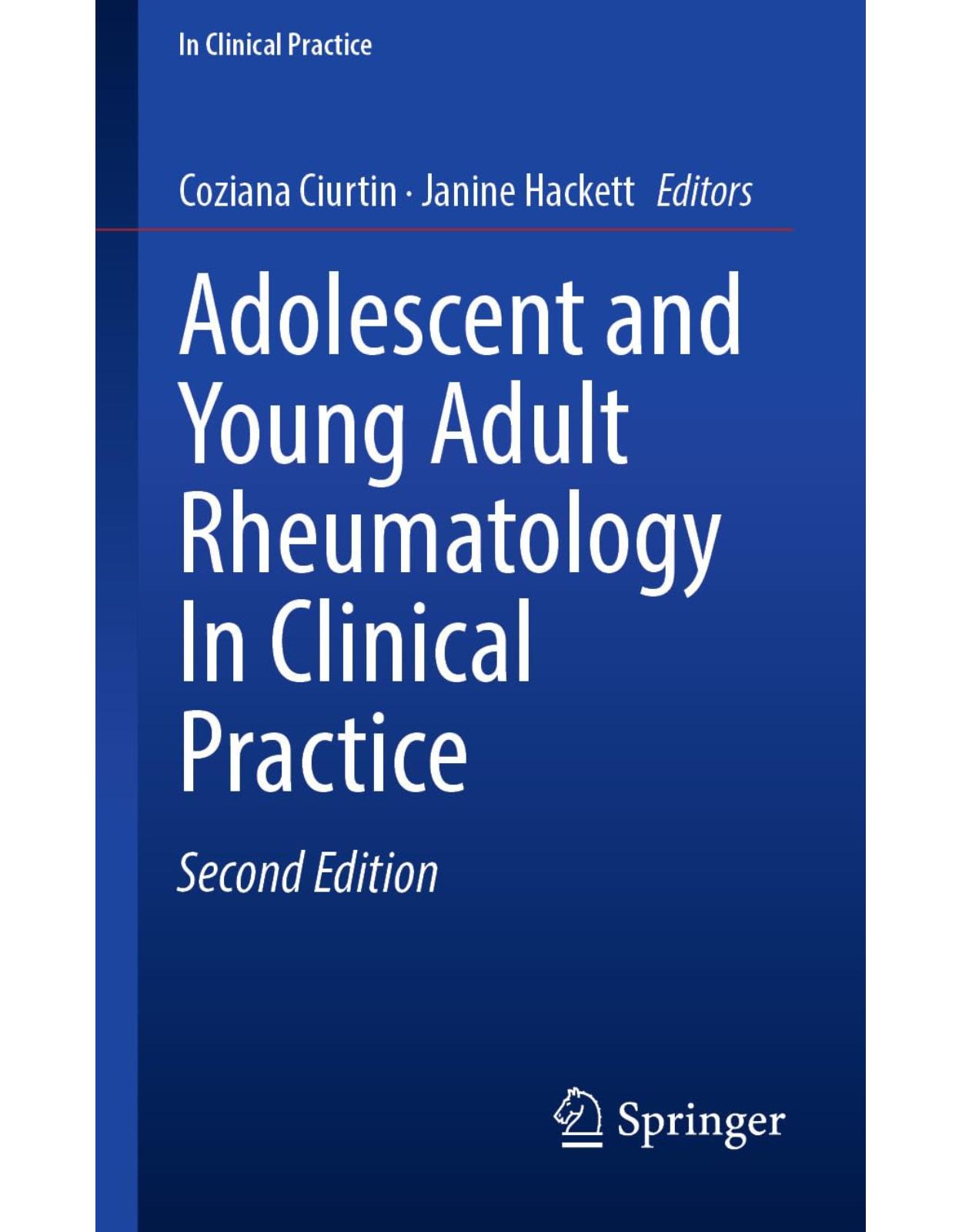
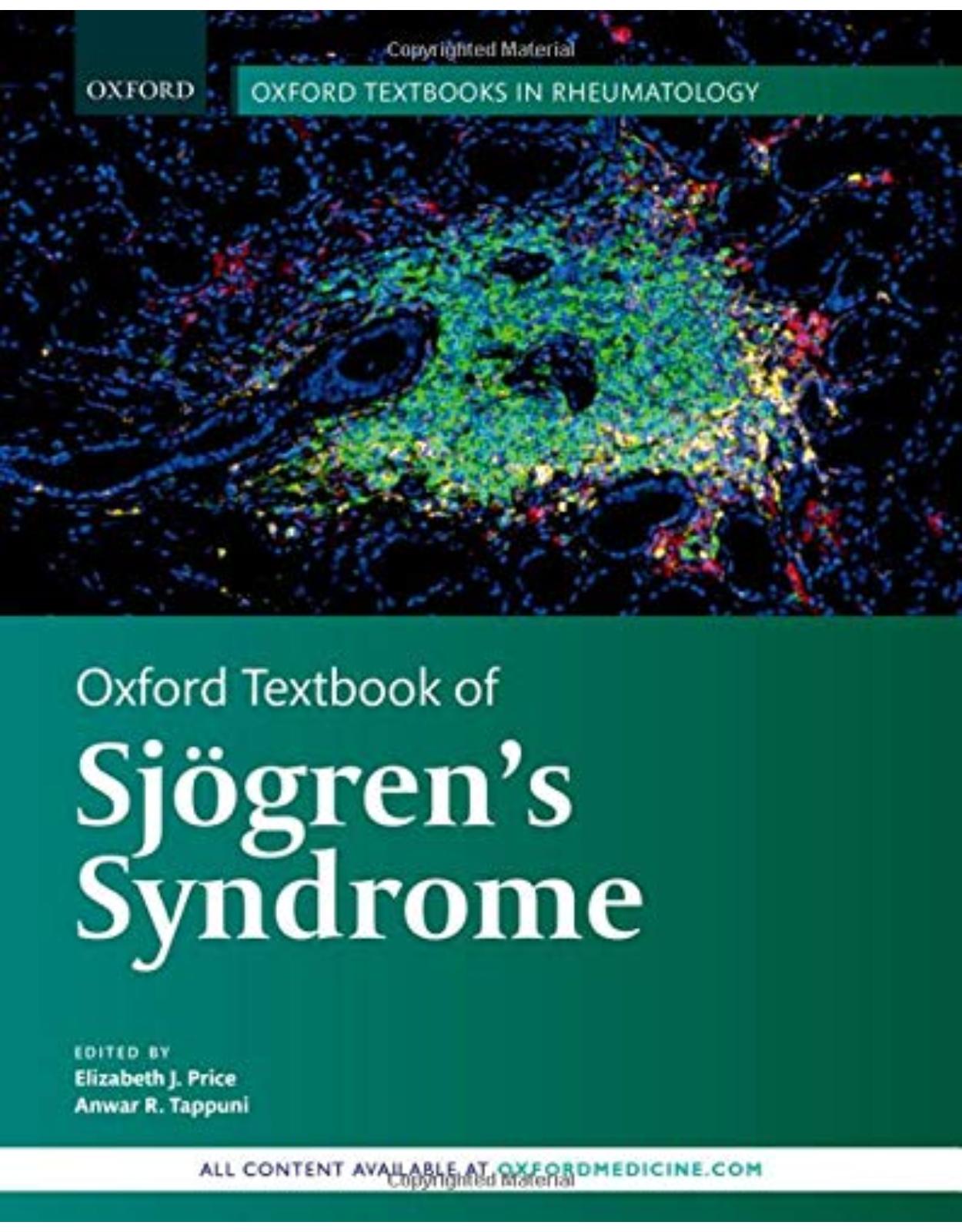
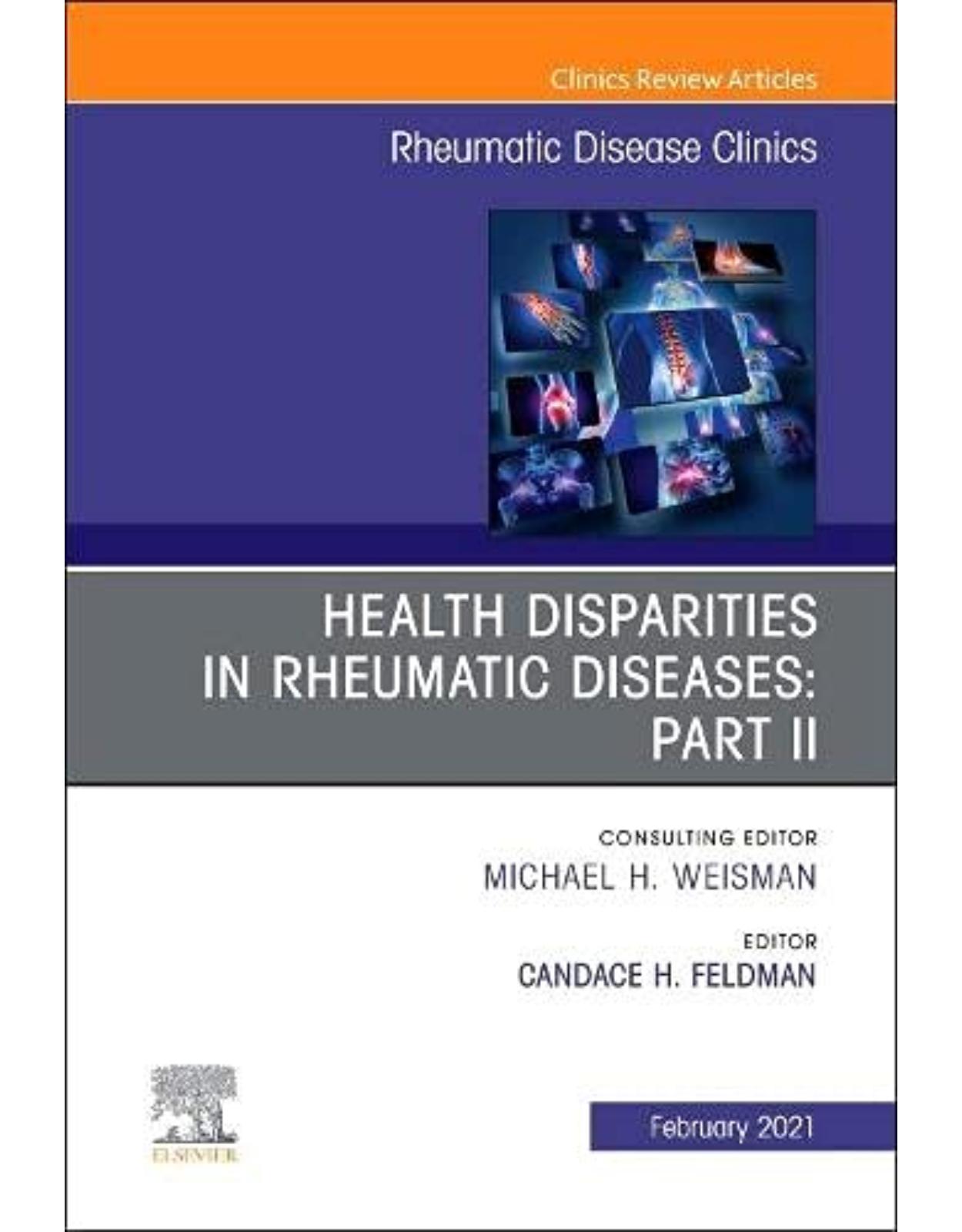
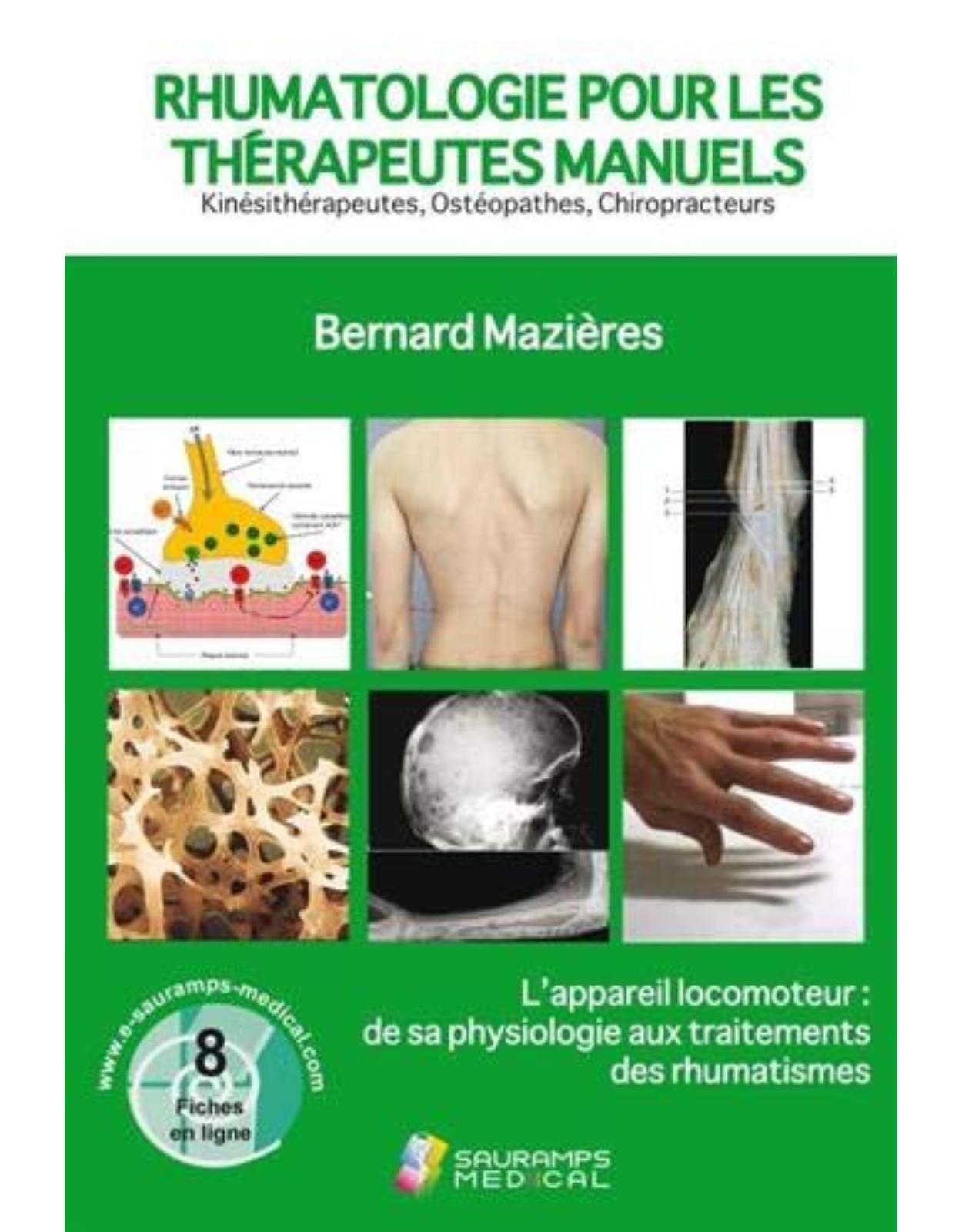
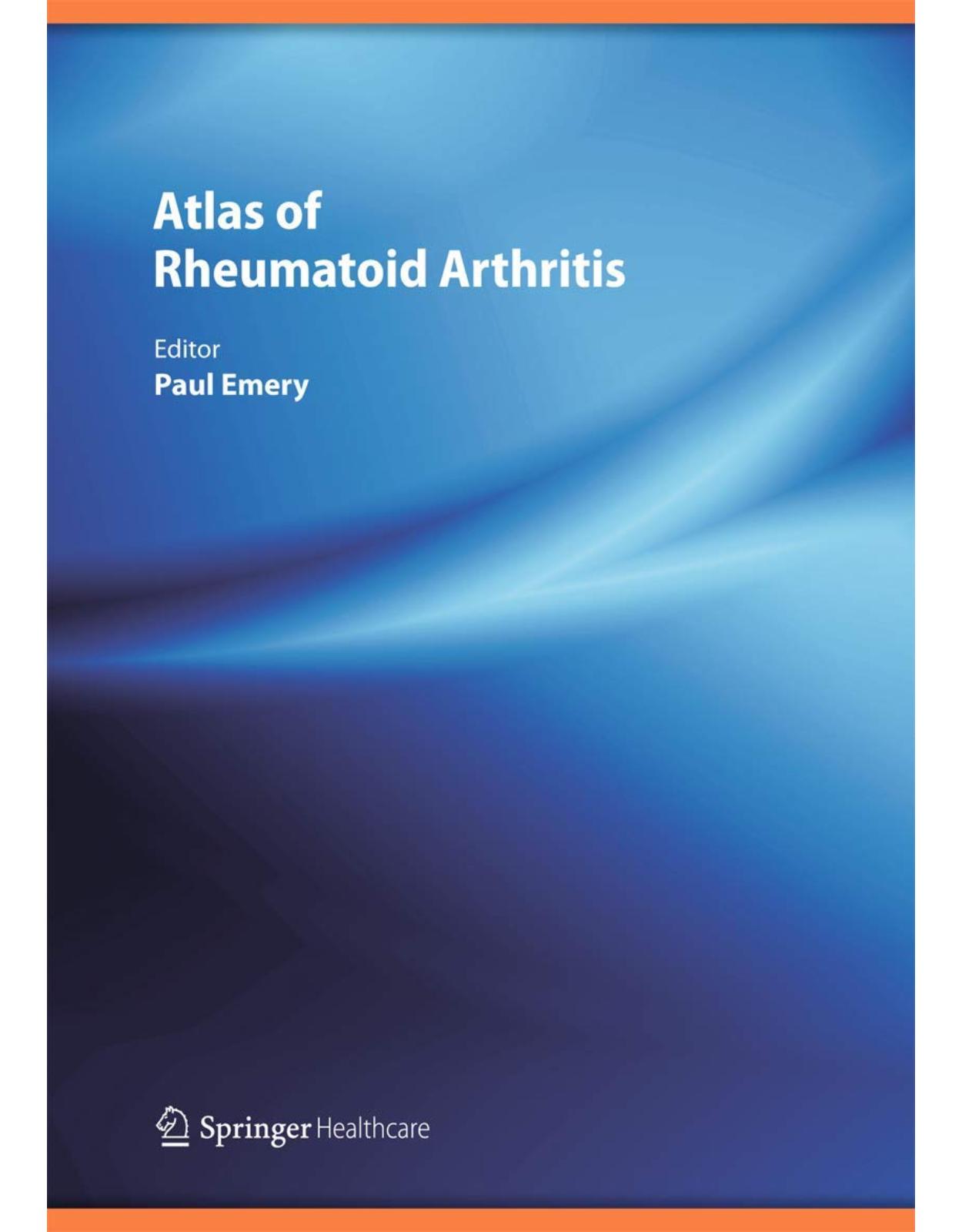
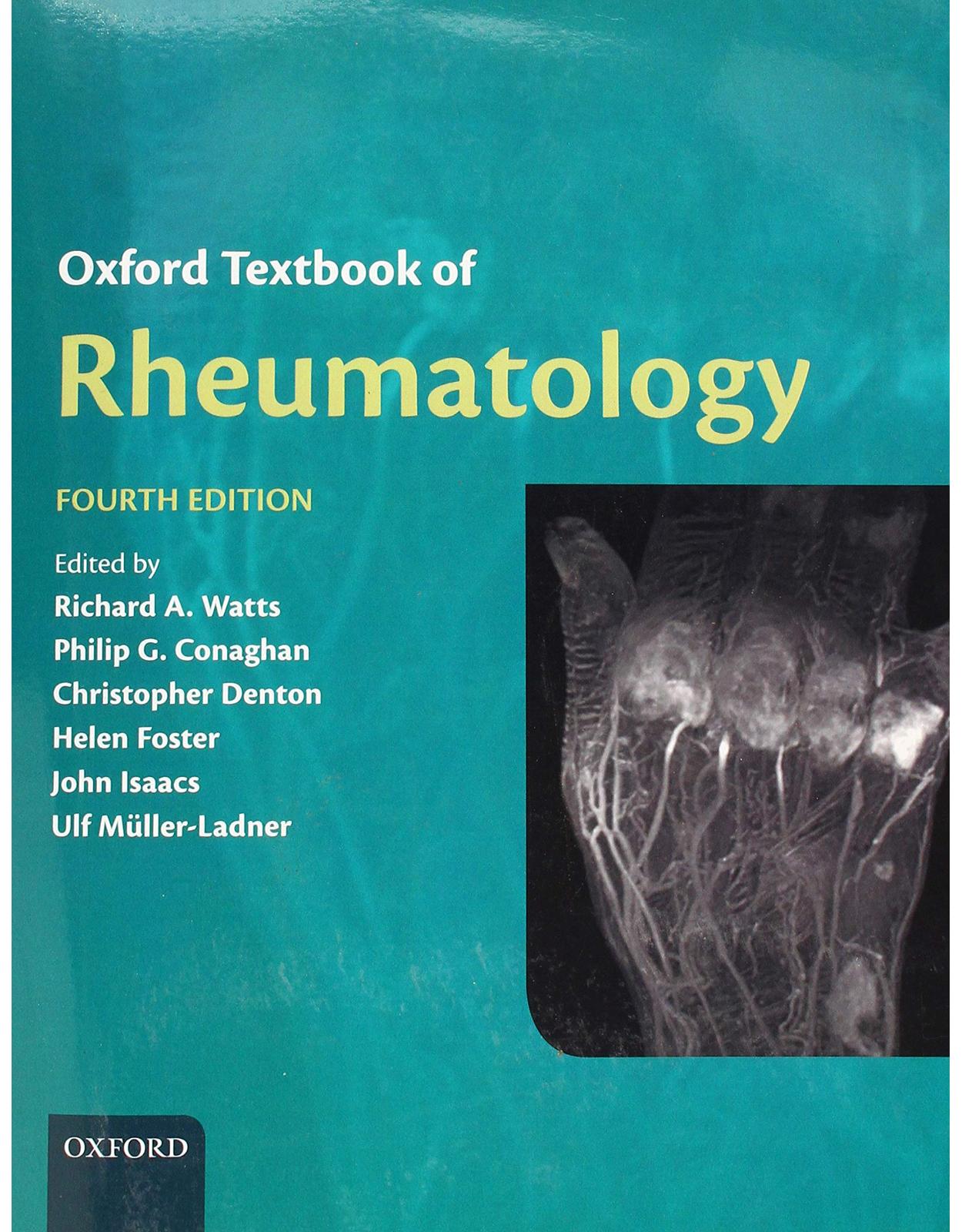
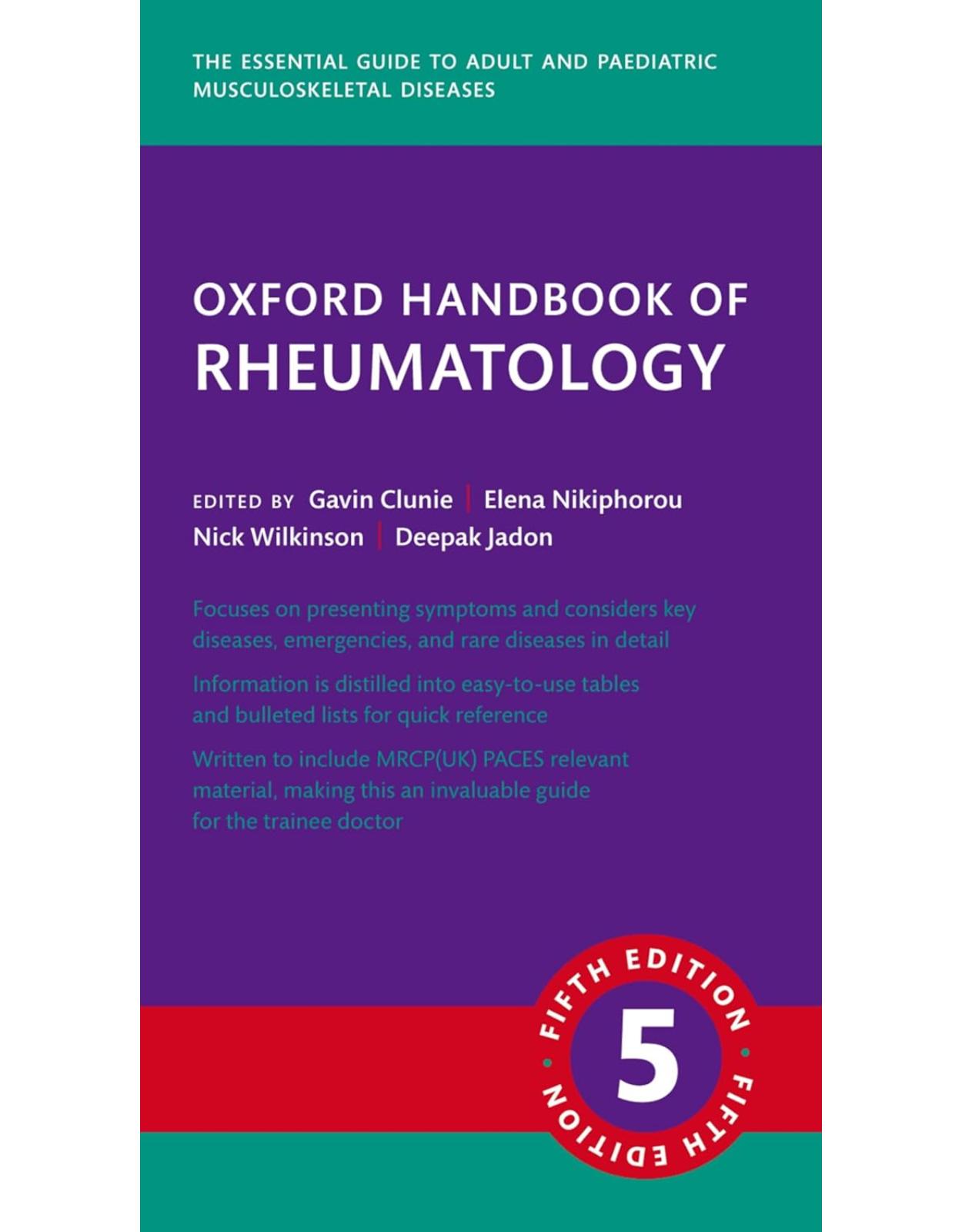
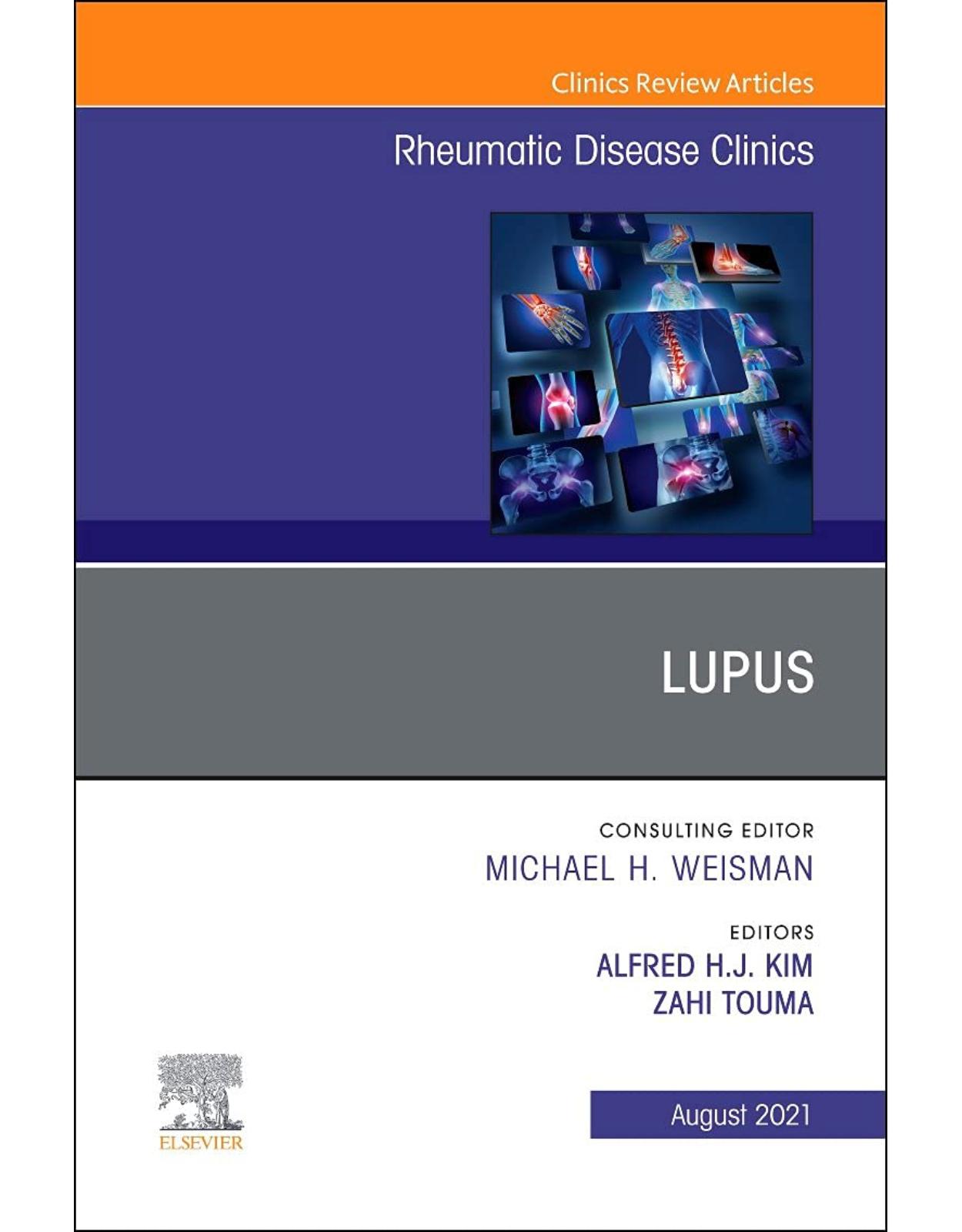
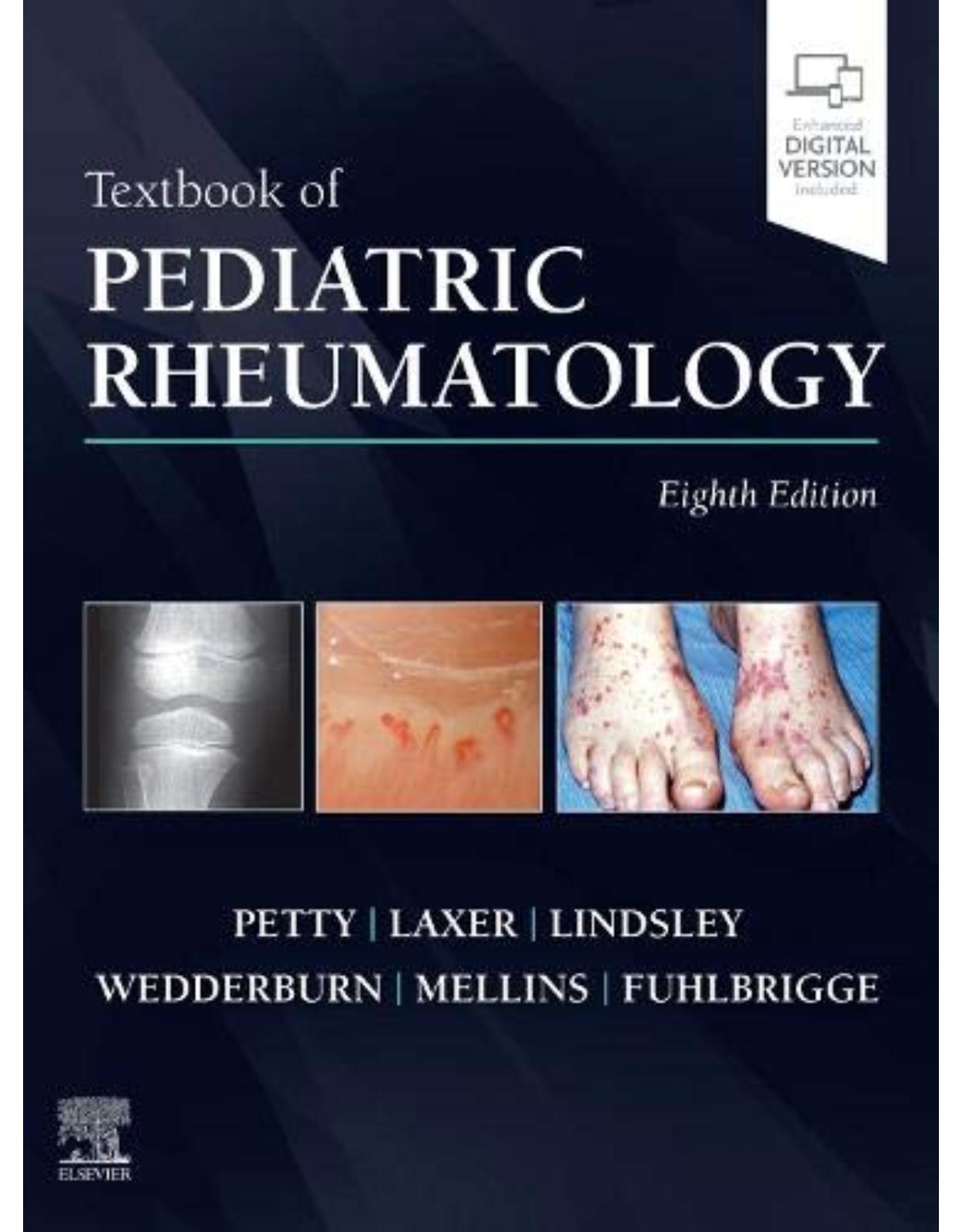
Clientii ebookshop.ro nu au adaugat inca opinii pentru acest produs. Fii primul care adauga o parere, folosind formularul de mai jos.